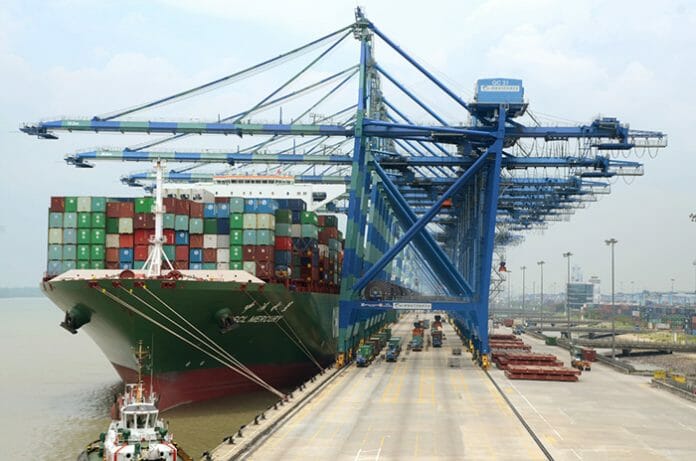In its economic outlook report for 2023, Kenanga Investment lists downs a host of global and domestic events that could influence the country’s economic development in 2023. Overall, the research house expects a global growth slowdown in 2023, spurred by worldwide monetary policy tightening led by the US Fed to combat inflation, along with uncertainty in the Russia-Ukraine crisis, as well as China’s U-turn on its zero-COVID policy.
The US Federal Reserve (Fed) and most major central banks are expected to complete their tightening cycles by the end
of 1H23 as inflationary pressure ease. A Fed pivot followed by monetary easing is expected by end of the year or early next year, but is highly dependent on how fast inflation would ease back towards the target inflation rate of 2.0%, as well as how deep and severe the recession
would be.
Against this backdrop, Kenanga is of the view the US bond market is expected to recover strongly as yields are likely to decline from 2Q23 onwards, with the benchmark 10Y US Treasury (UST) yield projected to reach 3.00% by end-2023 (2022: 3.88%).
With the prospect of a weaker global economic outlook, we forecast the average Brent crude oil price to lower to around
USD80.0/bbl (2022: USD99.0/bbl). Any potential upside support would be backed by a potential output cut led by the
OPEC+ alliance and China’s reopening optimism.
As for the Malaysian economy, it is projected to kickstart the year at a sluggish pace of 3.9% in 1Q23 (4Q22F: 6.6%). The impact of the global economic slowdown would pare down overall GDP growth for 2023 to a projected 4.3% (2022F: 8.6%), mainly due to weaker external demand and waning discretionary spending as cost of living rises. Meanwhile, fiscal support and China’s reopening prospect could limit the downside to growth.
The newly-elected government is expected to continue employing a mild expansionary fiscal policy, with the continuation
of various subsidies and the resumption of development projects to steer the country through the global growth slowdown.
On the back of an improvement in fiscal management, as well as elevated oil and gas revenue, Kenanga projects fiscal deficit to narrow to 5.0% of GDP for 2023 (2022F: 5.7%).
Headline and core inflation are forecast to average at 2.5% (2022E: 3.4%) and 2.3% (2022E: 3.0%) respectively in 2023
due to the government’s cost of living initiatives, a stronger ringgit, slowing global demand, and an improvement in the
global supply chain.
The monetary policy tightening cycle could end as early as January with Bank Negara Malaysia (BNM) expected to raise
the overnight policy rate (OPR) by another 25 bps to 3.00%, as the global economic outlook becomes increasingly
unfavourable.
Meanwhile, the ringgit may weaken against the USD to around 4.48 in 1Q23 due to the increasing BNM-Fed monetary
policy divergence. However, moving into 2H23, MYR is expected to rebound and strengthen to around 4.11 by the end
of 2023, mainly due to the expectation of a Fed pivot.
Foreign demand for Malaysia Government Securities (MGS) may remain mildly pressured in 1H23 amid weak global risk
appetite, before charting a strong recovery from 2H23 onwards after most major central banks complete their tightening
cycles and global risk sentiment begins to improve. We have revised down our end-2023 forecast for the 10Y MGS yield
to 3.70% from 3.80% previously (2022: 4.07%).
Federal government debt is expected to edge higher to 61.8% of GDP in 2023 (2022F: 61.0%), on the back of another
expansionary budget, albeit a mild one. Nonetheless, statutory debt will likely remain well under the 65.0% limit even as
we expect a higher gross issuance of RM178.0b worth of government bonds this year.
External downside risks to Malaysia’s growth remain, arising mainly from ongoing concerns about a recession in the US
amid a hawkish Fed, as well as ongoing geopolitical tensions and a worsening energy crisis in Europe. Besides, surging
COVID-19 cases in China could also spark fears about the emergence of new COVID-19 variants or subvariants.
Nonetheless, China’s policy switch may eventually support growth going forward.









